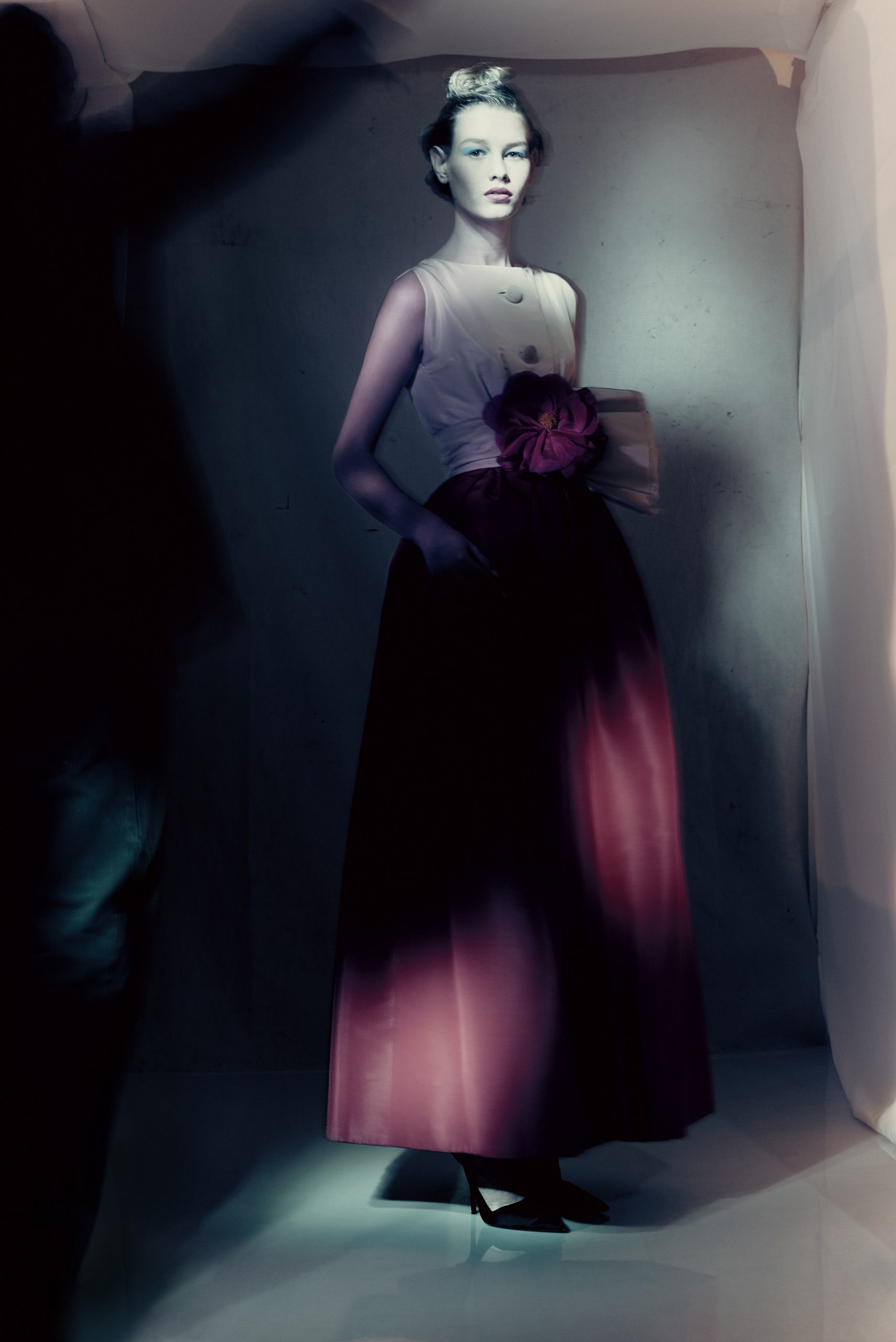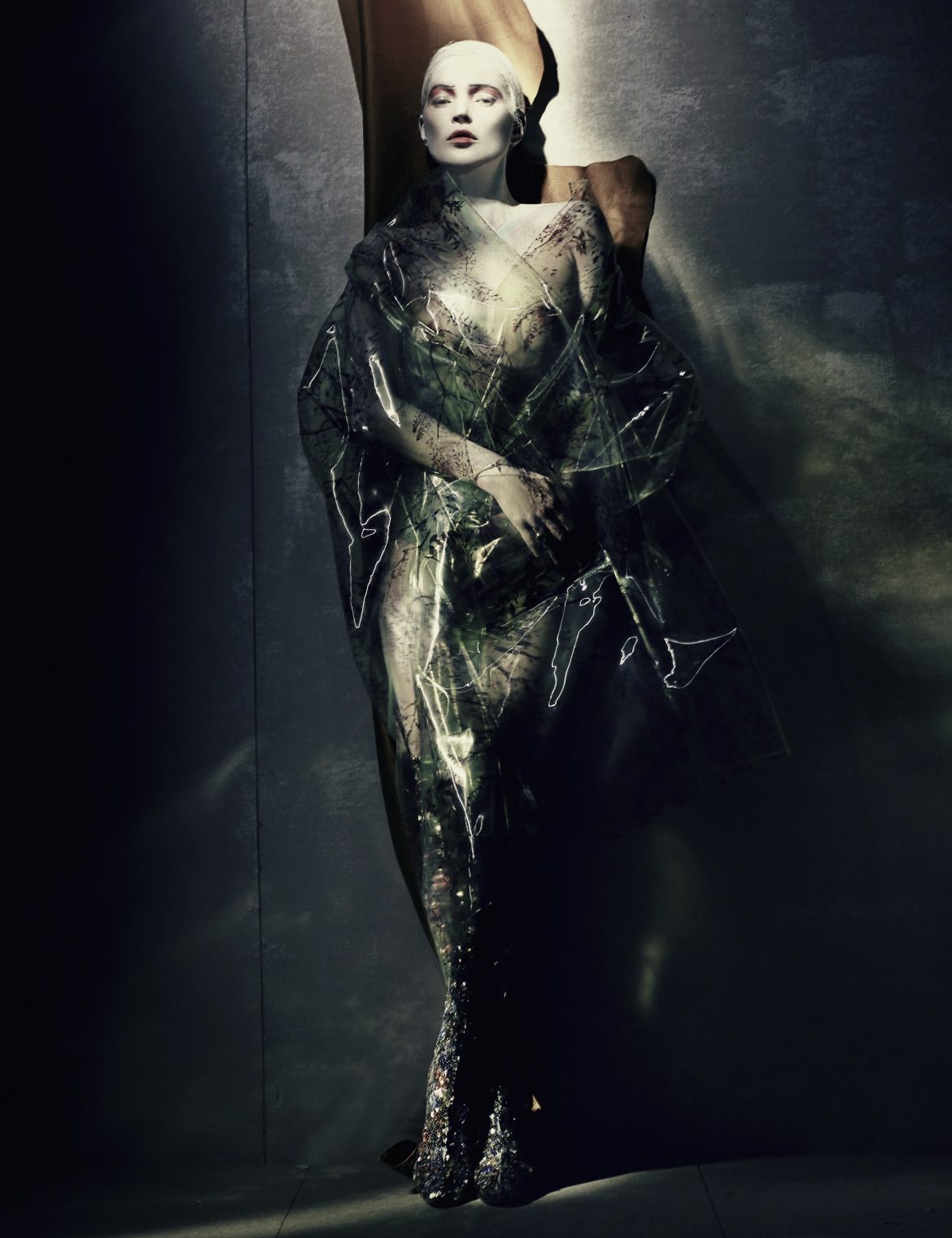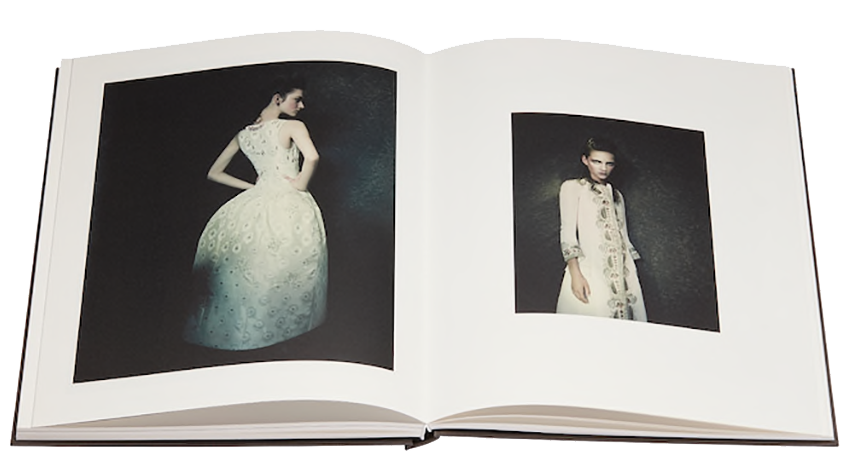Dreams, poems and painting in the images of one of the greatest Italian photographers, fashion, beauty and books lover, as his “Dior Images” testifies.

Monaco dress – Haute Couture spring-summer 1959 – by Yves Saint Laurent
model: Sofia Mechetner; / stylist : Jacob Kjeldgaard / make up : Peter Philips; hair : Julien d’Ys.
“Light for me is a feeling, it is not logic, rationality, much less a scientific technique. It is a sensation, an emotion. The photographic technique is simpler, more mechanical, but you have to know it well and know how to use it to perfection “


Haute Couture spring-summer 2015 by Raf Simons
model : Kate Moss / Stylist : Edward Enninful; beauty : Julien d’Ys / published by W Magazine, april 2015




